It should now be clear why Ecuador is a great country for birding, if not then visit my previous blog “Ecuador Hotspots Regions”. The new question and probably the most important question is why should you bird in Ecuador instead of some other South American hotspot?
Here are some interesting facts to consider:
For the sake of similarity we will compare Ecuador with Colombia and Peru. All three countries are part of the Tropical Andes Hotspot, all are also part of the Chocó-Tumbes-Magdalena Hotspot, all have access to some Amazonian jungle. Peru has more species than Ecuador with a whopping 1800 and Colombia has even more with an impressive 1871 which is the largest birdlist in the world! But… here goes my best patriotic effort to help my country birds!
Let’s look at species per area (squared miles):
Ecuador = 1600 bird species / 109,415 mi^2 x 1000 = 14.6 species per 1000 mi^2
Colombia = 1871 bird species / 440,831 mi^2 x 1000 = 4.20 species per 1000 mi^2
Perú = 1800 bird species / 496,225 mi^2 x 1000 = 3.62 species per 1000 mi^2
Ecuador has about 3 times more bird species per surface area than either Colombia or Peru. It is amazing to think that there are so many species packed in such a small country! Basically Ecuador is about four times smaller than Colombia and Perú but has almost the same number of species. Did I make that clear?
As an example from Quito we can drive for 45 minutes and reach the montane forest of Yanacocha at 3500 MASL home of the famus Sword-billed Hummingbird
.. or drive to the western lowlands in three hours to see the Long-wattled Umbrellabird – Cephalopterus penduliger a Chocó endemic:
.. or drive for five hours to the Amazonian foothills to see eastern specialties like this Booted Racket-tail with orange booties:
.. or drive for two hours to a Tropical Andes Hotspot and be at the best birding place in Ecuador Mindo which has won three consecutive years the Christmas Bird Count with 420 species! Below is the beautiful Chestnut-mandibled Toucan.
.. or drive for 2 hours and be at the Antisana Reserve for a high altitude visit at Black-faced Ibis:
.. or drive … I will stop there.
Assuming we spend two days birding in each place we could cover all these hotspots in 8 days and have a potential birdlist of more than 800 species. This can only be done here in Ecuador and starting from Quito which is centrally located between the east and the west slopes of the Tropical Andes.
Ecuador also has a very large and underused infrastructure with many tour companies and birding lodges competing for birders and birding tours.
Conclusion: Best bird for your buck is … Ecuador.
P.S. don´t forget to get an Ecuadorian tour company so that your money benefits Ecuador thus helping the conservation of our Forest.

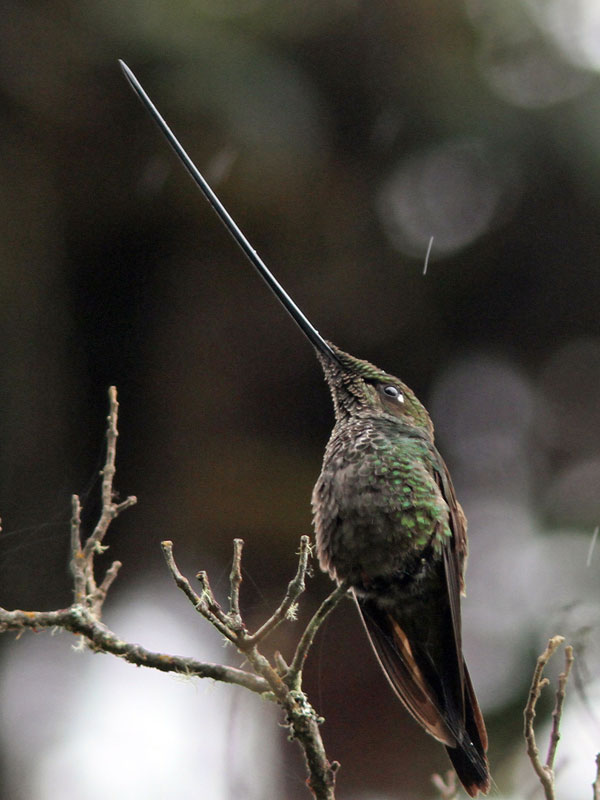
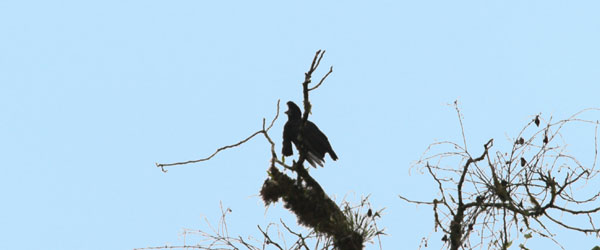
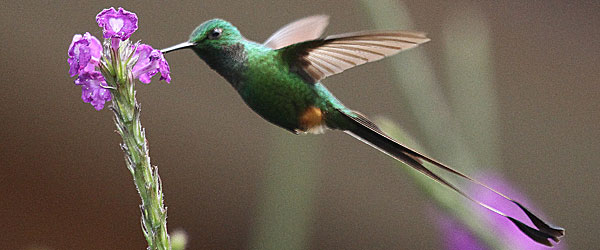





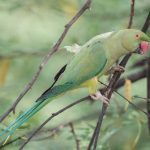
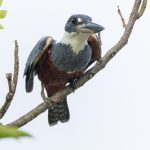
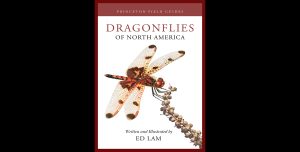
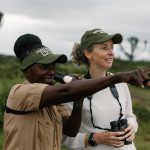
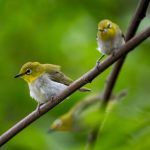
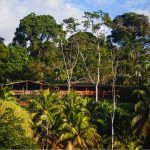
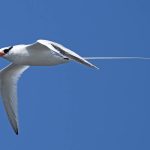
As soon as Hollywood buys my novel about dinosaurs in space (with frikkin “laser” beams) I am so there.
I am going to be in Ecuador in Jan 2011 Contact details would be appreciated Rob Lawrence
@Duncan You might try sending Charlie a copy for a review and promotion. Then send us some copies but “electronic only” to help promote the novel. Maybe that will speed up your arrival.
@Rob: If you are taking a tour then you should come with us, if you are going on your own then try our website for details on each location, additionally try this blog which is meant for the independent birder: http://birdingecuador.blogspot.com/
while you were in Ecuador, did you visit tropical dry forest in the coast of Ecuador, in a place called cerro blanco?